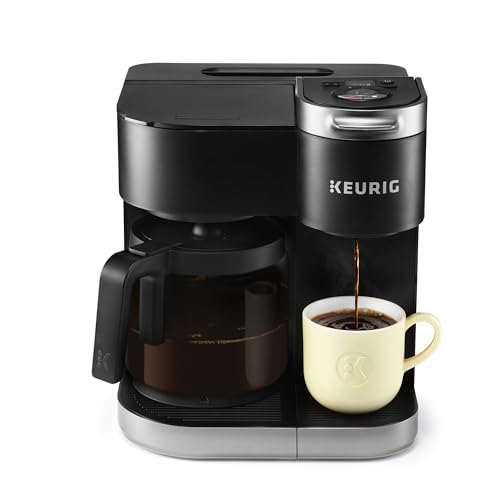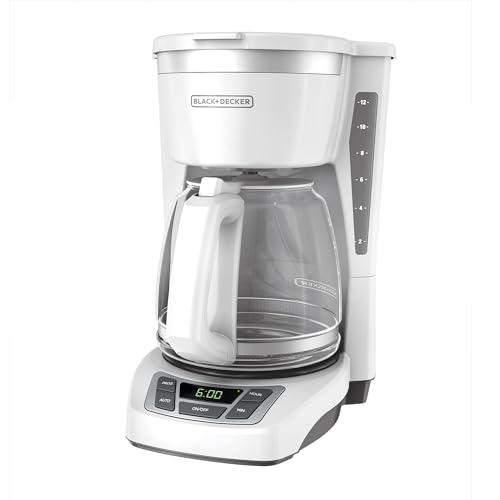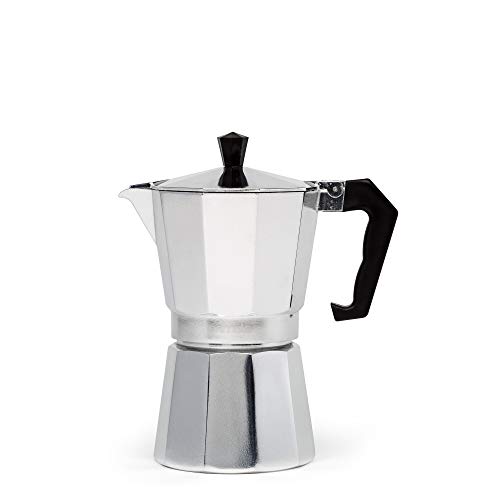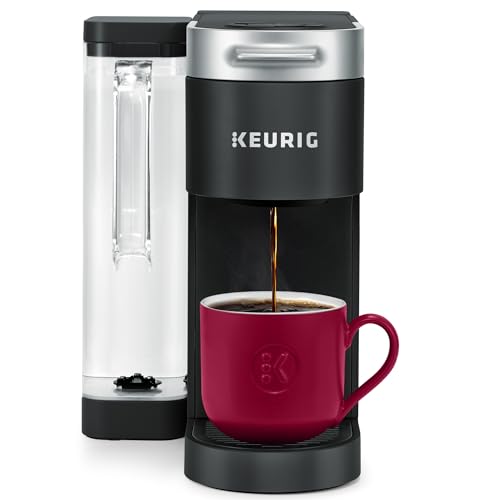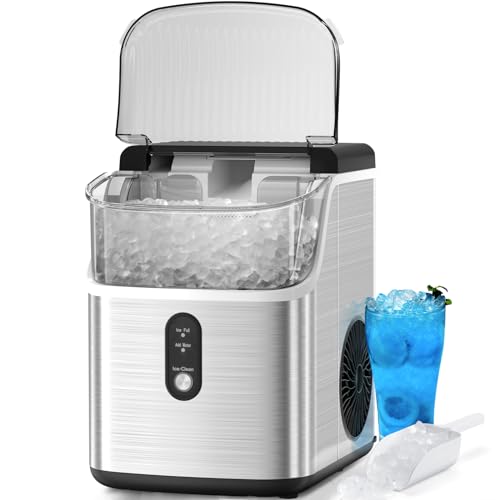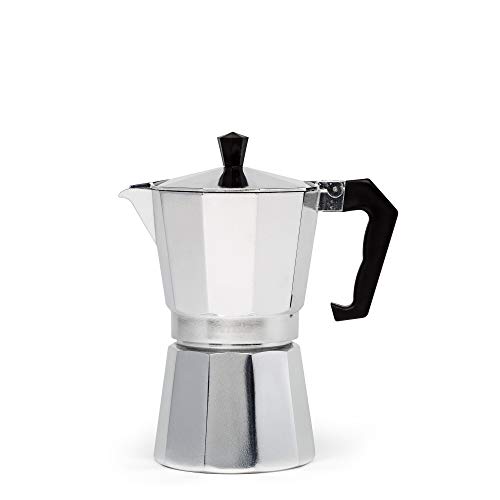- What Is Beer?
- What Is Beer Made Of?
- Is lager Different From Beer?
- How Is Beer Made?
- What Differentiates Types Of Beer?
- How is Beer Served And Stored?
- How Is Alcohol In Beer Measured?
- How is beer packaged and transported, and how does that affect its taste?
- What are some common terms used by brewers and beer lovers?
- How can you pair different types of beer with different foods to create a delicious culinary experience for your guests?
- FAQs
- Conclusion
What Is Beer Made of? Beer Brewing Process
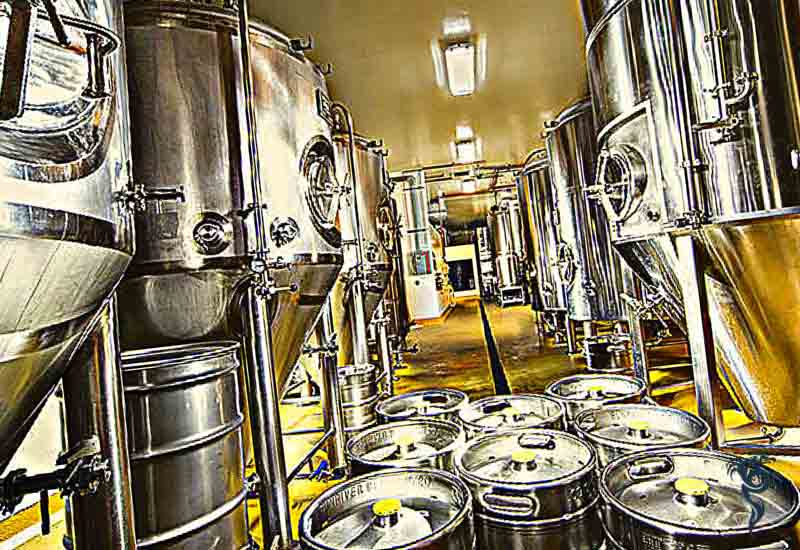
Beer is one of the oldest beverages in the world after water and tea, and beer is the oldest and most widely consumed alcoholic beverage in the world. But have you ever wondered actually What Is Beer Made Of? Beer is brewed using four main ingredients: malt, hops, yeast, and water. Barley is a type of grain that is harvested and then malted, which means it is allowed to germinate so that the enzymes inside are activated. Once the malt has been prepared, it is combined with water to create “wort.” Next, the wort is boiled, and hops are added for flavour. Finally, the yeast is added, and the beer continues to ferment until it’s ready to drink. There is a lot of variation among different types of beer. The type of grain used, the number of hops and the type of yeast all affect the flavour and character of the final product.
In this blog post, we’ll take a closer look at each of these ingredients and how they contribute to the unique taste of your favourite brews. So whether you’re a beer lover or just curious about what goes into making this popular beverage, read on to learn more about the science behind your favourite pint!
What Is Beer?
Beer is the most commonly used alcoholic beverage in the world today. Beer is brewed using four key ingredients: water, malt, hops and yeast. The brewing process begins with crushing the malt to extract the sugars. Next, hot water is added to dissolve the sugars and create what’s known as wort. The wort is then boiled with hops to add bitterness and flavour. Lastly, yeast is added to ferment the sugar and turn it into alcohol. And there you have it – beer!
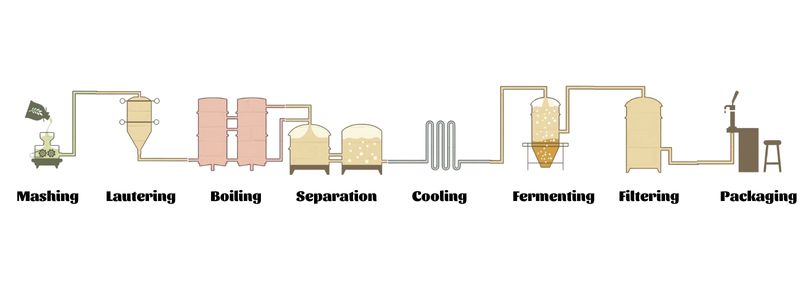
The first step in brewing beer is to make malt from grain. The type of grain used varies depending on the style of beer being brewed. Barley is the most common grain used in beer making, but wheat, rye, and oats are also used. The grain is harvested and then soaked in water until it germinates, or sprouts. This activates enzymes inside the grain that will convert starch into sugar during the brewing process.
After the malt is prepared, it is combined with water to make a sweet liquid called wort. The wort is then boiled and hops are added for flavor. Hops are the female flowers of the hop plant, which is a member of the hemp family. There are many different varieties of hops, each with its own unique flavor profile.
Finally, yeast is added to the mixture and fermentation begins. During fermentation, the yeast consumes the sugars in the wort and produces alcohol and carbon dioxide gas. The beer is then allowed to age, or mature, before it is bottled or kegged for distribution.
The four main ingredients in beer are malt, hops, yeast, and water. Malt provides the sugar that the yeast will ferment to produce alcohol. Hops add bitterness and flavor. Yeast ferments the sugar into alcohol. And water makes up the majority of the beer and is a key component in the brewing process.
Now that you know What Is Beer Made Of, cheers to your next pint!
What Is Beer Made Of?
Water
In beer, water accounts for 90%, so the quality of water is really important, which directly affects the taste of beer. This depends on the quality of the water source of the place of production, depending on the water source, with different mineral and impurity content, which significantly affects the taste, clarity, and colour of beer.
Impurities in water are usually microorganisms, non-metals, heavy metals such As, Hg, and even industrial chemicals. It is these impurities that cause an unpleasant odour to the water source.
Common minerals in water are Ca2+, Mg2+, Cl-, and HCO3-. Calcium and Magnesium ions add to the hardness of the water. Calcium has the effect of increasing the transparency and stability of beer and at the same time, reducing the pH in beer. As for magnesium, it receives enzymes in the fermentation process. Carbonate (CO32-) and bicarbonate (HCO3-) can alter the pH during grinding. If the mixture is too acidic (high acidity), it will become less suitable for brewing. Chloride (Cl-) ions add sweetness to the beer. However, Cl- also has adverse effects on fermentation.
In addition, water is not only the main ingredient in beer but also helps convert the starch in grains into sugar.
Grains
The main ingredient in beer is malt. Malt is made from germinated barley or other grains such as wheat, rye, oats, corn, and rice.
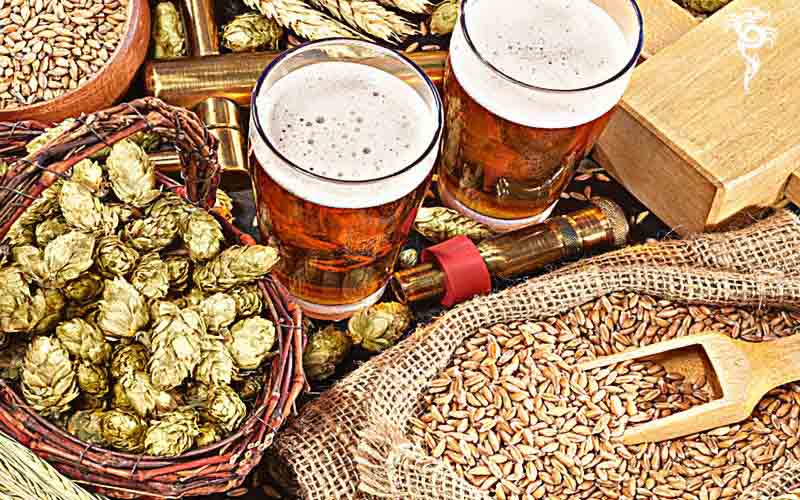
Malt provides the sugar that the yeast will ferment to produce alcohol. Malt is made from grain that has been allowed to germinate or sprout. This activates enzymes inside the grain that convert starch into sugar. The type of grain used and how long it is germinated will impact the malt’s flavour and, ultimately, the beer’s flavour.
- Barley is the most common grain used in brewing beer. The enzymes in barley can convert starches into sugars. These sugars will later be fermented by yeast to produce alcohol.
- Wheat is often used in wheat beers, such as hefeweizens and witbiers. Wheat gives the beer a slightly tart flavour and a hazy appearance.
- Rye is another grain that can be used in brewing. It imparts a spicy flavour to beer and makes it appear cloudy.
- Oats are sometimes used in oatmeal stouts and other dark beers. Oats give the beer a creamy texture.
- Corn and rice are sometimes used as adjuncts or added to the brewing process to lighten the body and flavour of beer.
Grains play an important role in beer.
- Creating aromas and malt flavours: different malt types give beer different aromas and flavours. The malt flavour is quite mild, intermediate between popcorn and mocha.
- Create natural colours: the longer the malt is roasted, the darker the beer will be.
- As raw material for fermentation (yeast feed): Malt undergoes metabolism to form maltose sugar, which is food for yeast and is further converted into alcohol and carbon dioxide
- Provide enzymes that convert starches to sugars: enzymes are important in brewing because they help yeast turn sugars into alcohol during fermentation.
- Add body and mouthfeel: grains can add a creamy or full-bodied texture to the beer.
Hops
Hops provide beer with bitterness, flavour, and aroma. Hops are the female flowers of a climbing plant called Humulus lupulus. They look like small, green cones and grow on vines.
Hops add bitterness to beer, which helps balance the sweetness of the malt. Hops also provide flavour and aroma to beer. The type of hops used will impact the flavour and aroma of the beer.

There are 3 types of hops: bittering hops, aroma hops and Double target hop.
Bittering hops
Bittering hops are added early in the brewing process to provide bitterness to the beer.
Alpha acid – the substance in the hop resin that gives beer its bitter taste. The oils in the hop create a variety of beers such as pale, floral, citrus, or hoppy.
The alpha acid is chemically modified when hops are boiled to make the beer bitter. The shorter the boiling time, the less bitter the beer.
Aroma hops are added later in the process and contribute to the flavour and aroma of the beer.
Example: Apollo, Brewer’s Gold, Columbus, Nugget.
Aroma hops
Depending on the composition of each type of hop, many volatile essential oils will release fruity, resinous, spicy or floral aromas.
Example: Cascade, Centennial, Hersbrucker, Saaz
Double target hops
The term “double target” describes a hop with both bittering and aroma properties.
Cascade is a type of Double target hop that is used in many American-style beers. It imparts a floral, citrusy flavour and aroma to beer. Cascade hops are often used as a double target hop in American Pale Ales.
For examples: Amarillo, Mosaic, Citra, Northern Brewer, Cascade, and Simcoe.
Yeast
Yeast is also one of the main ingredients in beer. Malt undergoes metabolism to form the sugar maltose, which is consumed by yeast and continues to produce ethyl alcohol and carbon dioxide.
Yeast is a microorganism that ferments the sugars in the wort to produce alcohol and carbon dioxide gas. There are many different strains of yeast, each with its own unique flavour profile.
Different types of yeast will produce different flavours in beer. For example, ale yeasts tend to produce a fruity flavour, while lager yeasts produce a cleaner, crisper flavour.
Yeast is also responsible for giving the beer its carbonation. When yeast ferments the sugars in the wort, it produces carbon dioxide gas. This gas dissolves into the beer and gives it its fizzy quality.
Bottom fermented yeast
Bottom fermented yeast ferments at cooler temperatures and produces a clean, crisp flavour. This yeast is called Saccharomy Pastorianus it grows well in a temperature from 5 -12 ° C, its characteristic is that it often sinks to the bottom of the barrel during beer fermentation.
With this fermentation method will result in beer with a “cleaner” taste, and more robust malt and hop flavours. Beers created from bottom fermentation are known as Lager Beers with Pilsner being the most commonly used.
In addition, bottom-fermenting yeast is also commonly used to make toast.
Top fermented yeast
The top-fermented beers are called “Ale” in the UK. IPA is probably the most popular.
This yeast has the scientific name Saccharomyces Cerevisiae. This is the most commonly used yeast to make beer. They usually grow and work well at higher temperatures of 15-25°C.
Top yeast produces more esters which equate to more “fruity” aromas. These ester compounds are produced by fermentation, depending on the following factors: yeast characteristics, vascular fluid composition and fermentation conditions.
In beer, esters are called fruit aromas, each yeast produces its own esters, such as banana flavour in Weizen Beer and pear flavour in Tripel Beer. The beers are created from top fermentation called “Ale”. IPA is the most popular and widely used type today.
Wild Yeast
For a long time, this yeast was considered by breweries to be free from unwanted contamination, trying to get rid of them and keep them away. Later, knowing its benefits, brewers began to take advantage of it.
This yeast is created naturally, not isolated (not actively added to the beer by the brewer). After the beer is cooked, the brewer injects the beer into the cooler where it is exposed to the air. Then, the natural yeast cells from the air will come into contact with the seaweed and start the fermentation process.
Wild yeast is any type of yeast that is not cultivated or cultured. Wild yeasts can be found on the skins of fruits, in the air, or on plant surfaces.
Wild yeasts are often used to make sour beers. Sour beers are made by adding wild yeast to the beer during fermentation. This gives the beer a tart, acidic flavour.
Examples of wild yeast include Brettanomyces, Lactobacillus, and Pediococcus.
Other Common Beer Ingredients
Unmalted Grains
Unmalted grains are grains that have not been malted. These grains are often used to add flavour and body to the beer.
Common unmalted grains include: wheat, oats, rye, and barley.
These grains are often used in wheat beers, oatmeal stouts, and rye beers.
Other sugars
In addition to maltose, beers can also contain other types of sugar. These sugars can come from fruits, honey, or even molasses.
These sugars can add sweetness, body, and flavor to beer.
Spices
Spices are often used to add flavor to beer. Common spices include: coriander, cinnamon, nutmeg, and cloves.
Spices can be used to add a wide range of flavors to beer. Spiced beers are often made for the winter months.
Herbs
Herbs are also often used to add flavor to beer. Common herbs include: rosemary, sage, and thyme.
Herbs can be used to add a wide range of flavors to beer. Herbed beers are often made for the summer months.
Fruit
Fruit is often added to beer to add sweetness and flavor. Common fruits include: cherries, strawberries, raspberries, and oranges.
Fruit can be used to add a wide range of flavors to beer. Fruit beers are often made for the summer months.
Vegetables
Vegetables are sometimes added to beer to add flavour. Common vegetables include: pumpkins, carrots, and sweet potatoes.
Vegetables can be used to add a wide range of flavors to beer. Vegetable beers are often made for the fall and winter months.
Is lager Different From Beer?
How Is Beer Made?
Mashing
Mashing is the process of heating the malt to convert the starches into sugars. The malt is crushed and then mixed with hot water.
This mixture is then heated to a temperature between 60-70°C. This allows the enzymes in the malt to break down the starches into sugars.
The mash is then cooled and strained to remove the solid malt.
The resulting liquid is called wort.
Milling
Milling is the process of crushing the malt. This is done to help release the starches and sugars from the malt.
The malt is crushed into a powder using large stones or metal rollers.
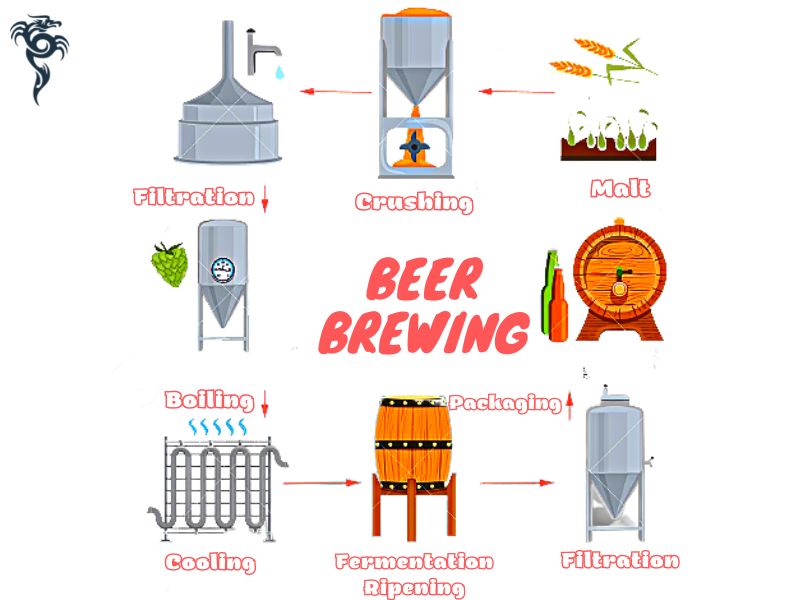
Mixing the mash
The mash is mixed with hot water in a large tank called a mash tun. This mixture is then heated to a temperature between 60-70°C. This allows the enzymes in the malt to break down the starches into sugars. The mash is then cooled and strained to remove the solid malt. The resulting liquid is called wort.
Separating the wort
The wort is then transferred to a large tank called a lauter tun. The solid malt particles are removed from the wort by filtration.
The filtered wort is then transferred to a boil kettle.
Boiling
The wort is boiled for around an hour. This helps to sterilize the wort and to remove any unwanted flavors.
During the boil, hops are added to the beer. Hops add bitterness, flavor, and aroma to the beer.
After boiling, the wort is cooled and transferred to a fermentation tank.
The boil usually lasts for 60-90 minutes.
Fermentation
Yeast is added to the cooled wort and allowed to ferment the sugars into alcohol. This process can take anywhere from 1-4 weeks.
Once fermentation is complete, the beer is then transferred to a conditioning tank.
Conditioning
The beer is allowed to age or condition in the conditioning tank. This process can take several weeks to several months. During this time, the flavors of the beer will mellow and develop.
Once the beer has been conditioned, it is ready to be bottled or kegged.
Bottling/kegging
The beer is then bottled or kegged and carbonated. Carbonation gives the beer its bubbles and makes it effervescent.
Once carbonated, the beer is ready to be enjoyed.
Now, you’re reading “What Is Beer Made of?” of Phoenix Landing Bar. Keep reading!
What Differentiates Types Of Beer?
Lagers Vs Ales
The main difference between lagers and ales is the type of yeast used during fermentation. Lagers use bottom-fermenting yeast, while ales use top-fermenting yeast.
Bottom-fermenting yeast ferments at cooler temperatures, around 10°C. This results in a clean, crisp flavour.
Ales ferment at warmer temperatures, around 20°C. This results in a fruitier, more robust flavor.
Lagers are typically light in color and have a light, crisp flavor. Ales are typically darker in color and have a fuller, more complex flavor.
Example Lagers Beer: Pilsner, Munich Helles, Dortmunder Export
Example Ales Beer: Pale Ale, India Pale Ale, Stout
Stouts vs Porters
Stouts and porters are both dark beers that are brewed with roasted malt or barley. The roasting process gives these beers their characteristic dark color.
Stouts are typically fuller-bodied and have a higher alcohol content than porters. Porters are typically less bitter than stouts.
Example Stouts Beer: Guinness Draught, Oyster Stout, Milk Stout
Example Porters Beer: Robust Porter, Brown Porter, Sweet Stout
Wheat Beer
Wheat beers are made with a higher proportion of wheat to barley. This gives the beer a lighter body and a slightly sweet flavor.
Wheat beers are usually unfiltered, which gives them a hazy appearance. They can also be bottle-conditioned, which means that they are carbonated by the yeast during fermentation.
Wheat beers are typically light in color and have a light, refreshing flavor.
Example Wheat Beers: Hefeweizen, Witbier, Weizenbock
IPAs
IPAs are brewed with a higher proportion of hops than other beers. This gives the beer a strong, bitterness flavor.
IPAs are typically light to amber in color and have a strong, hoppy flavor.
Example IPAs: India Pale Ale, American Pale Ale, Double IPA.
How is Beer Served And Stored?
Beer is typically served cold, around 4-7°C. This helps to bring out the flavor of the beer and to make it more refreshing.
Beer can be stored at a variety of temperatures, depending on the type of beer. Lagers should be stored at cooler temperatures, while ales can be stored at warmer temperatures.
Lagers are typically served in glasses that are tall and narrow. Ales are typically served in glasses that are shorter and wider.
Pouring beer
When pouring beer, it is important to avoid foam. Foam is created when the carbon dioxide in the beer escapes.
To pour a beer without foam, tilt the glass at a 45-degree angle and pour the beer down the side of the glass.
Storing beer
Beer can be stored in a variety of containers, including bottles, cans, and kegs.
Bottles and cans should be stored in a cool, dark place. Kegs should be stored in a cool place out of direct sunlight.
When storing beer in bottles or cans, it is important to make sure that they are sealed tightly. Beer that is exposed to oxygen will go bad quickly.
How Is Alcohol In Beer Measured?
The alcohol by volume (ABV) is the measure of how much alcohol is in a given volume of beer. It is expressed as a percentage of the total volume.
For example, if a beer has an ABV of 5%, that means that 5% of the beer is alcohol.
The average ABV for beer is between 4-6%.
The formula for calculating ABV:
ABV = (OG – FG) * 131.25
In there:
- OG is the original gravity of the beer.
- FG is the final gravity of the beer.
- 131.25 is a constant used to convert the gravity units into alcohol by volume units.
The original gravity measures the amount of sugar in the wort before fermentation. The final gravity is the measure of the amount of sugar in the beer after fermentation.
How is beer packaged and transported, and how does that affect its taste?
Beer is typically packaged in bottles, cans, or kegs.
Bottles and cans are typically made of glass or aluminium. Kegs are typically made of stainless steel.
Beer can also be transported in bulk containers, such as tankers.
Beer that is packaged in cans or bottles is typically pasteurized. This means that the beer has been heated to a high temperature to kill any bacteria that might be present. Pasteurization can affect the flavor of the beer, making it less fresh-tasting.
Kegs of beer are not typically pasteurized. This means that the beer will have a fresher flavor. However, kegged beer can go bad more quickly if it is not stored properly.
Tankers of beer are not typically pasteurized. This means that the beer will have a fresher flavor. Tankers can hold a large amount of beer, so they are typically used to transport beer over long distances.
Now, you’re reading “What Is Beer Made of?” of Phoenix Landing Bar. Keep reading!
What are some common terms used by brewers and beer lovers?
- Brewer: A person who brews beer.
- Beer lover: A person who enjoys drinking beer.
- Wort: The sweet liquid that is extracted from the mash during brewing.
- Mash: A mixture of malt and water that is heated to extract the sugars from the malt.
- Lauter tun: A vessel in which the wort is separated from the spent grain after mashing.
- Brew kettle: A vessel in which the wort is boiled with hops.
- Fermentation tank: A vessel in which the yeast ferments the wort to produce beer.
- Yeast: A microorganism that ferments the sugars in the wort to produce alcohol and carbon dioxide.
- Original gravity: The measure of the amount of sugar in the wort before fermentation.
- Final gravity: The measure of the amount of sugar in the beer after fermentation.
- Bitterness: A measure of the hops used in brewing. IBU stands for “International Bitterness Units”.
- ABV: The alcohol by volume, or the measure of how much alcohol is in a given volume of beer.
- Pint: A unit of measurement for beer. One pint is equal to 16 ounces.
- Growler: A 64-ounce container used to transport draft beer.
- Keg: A container used to store and dispense beer. A keg typically holds 15.5 gallons, or 1/2 barrel, of beer.
How can you pair different types of beer with different foods to create a delicious culinary experience for your guests?
There are many different ways to pair beer with food. Here are some general tips:
- Pale ales and other light-bodied beers pair well with lighter foods such as salads and chicken dishes.
- IPAs and other bitter beers pair well with fatty or rich foods such as steak or cheeses.
- Stouts and other dark beers pair well with desserts or chocolate.
- Fruit beers pair well with fruits or sweets.
- Sour beers can be a good palate cleanser when served between courses.
When serving beer, it is important to consider the temperature of both the beer and the food. For example, serving a stout beer with a chocolate dessert is a great pairing, but if the stout is too cold, it will not bring out the flavor of the chocolate. Similarly, if the chocolate dessert is too warm, it will make the stout beer taste sweeter than it actually is.
To get the most out of your beer and food pairing, it is best to experiment and find what you like best! There are no hard and fast rules, so have fun and enjoy trying new things. Cheers!
FAQs
How do I pour a perfect pint of beer?
There are a few things you can do to pour a perfect pint of beer:
1. Start with a clean, dry glass. Any type of glass will do, but a pint glass is the most common.
2. tilt the glass at a 45-degree angle and hold it under the tap.
3. Open the tap and let the beer flow down the side of the glass until it is about half full.
4. Straighten the glass and allow the beer to flow into the centre of the glass until it is about three-quarters full.
5. Stop pouring when the beer reaches the top of the glass, and enjoy your perfect pint!
Now, you’re reading “What Is Beer Made of?” of Phoenix Landing Bar. Keep reading!
What are some tips for brewing your own beer at home?
If you’re interested in brewing your own beer at home, here are a few tips to get you started:
1. Choose the right brewing equipment. You’ll need a brew kettle, a fermentation tank, and some basic supplies like hoses and airlocks.
2. Sanitize your equipment. This is one of the most important steps in brewing, as it will help prevent bacteria from contaminating your beer.
3. Choose the right ingredients. For your first batch, it’s best to use all-grain malt extract, which you can find at your local homebrew shop.
4. Follow the recipe. Once you’ve gathered all your ingredients, it’s time to start brewing! Follow your recipe to the letter, and don’t forget to take notes so you can replicate (or improve upon) your results in the future.
5. Be patient. Brewing beer is a process that takes time, so be patient and don’t rush it. Allow your beer to ferment for the recommended amount of time, and don’t be tempted to drink it before it’s ready.
We hope these tips have helped you get started on your homebrewing journey! If you have any further questions, feel free to ask your local homebrew shop or search online for more information. Cheers!
Conclusion
In short, What Is Beer Made Of? Beer is made of water, grain, hops, and yeast. The type of grain used (barley, wheat, rye, etc.), the type of hops used, the type of yeast used, and the brewing process all contribute to the final flavour and character of the beer. Different beers are best paired with different foods, so experiment and find what you like best! We hope you’ve enjoyed this post about the science behind beer brewing.
As you can see, there is a lot that goes into making your favorite brew. So next time you’re enjoying a cold one, be sure to share this post with your friends and neighbours – they may be surprised to learn just how much work goes into making their favourite beverage. And if you want to learn more about beer brewing or any of the other topics we’ve covered here on the blog, be sure to check out our archives – we have plenty of posts for you to explore. Thanks for reading!
If you want more information to refer to phoenixlandingbar.com
